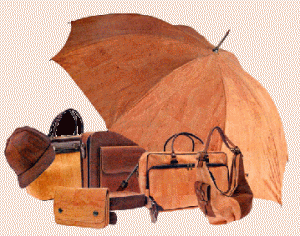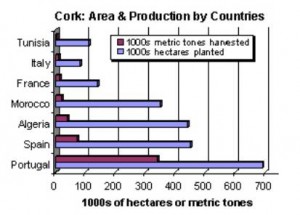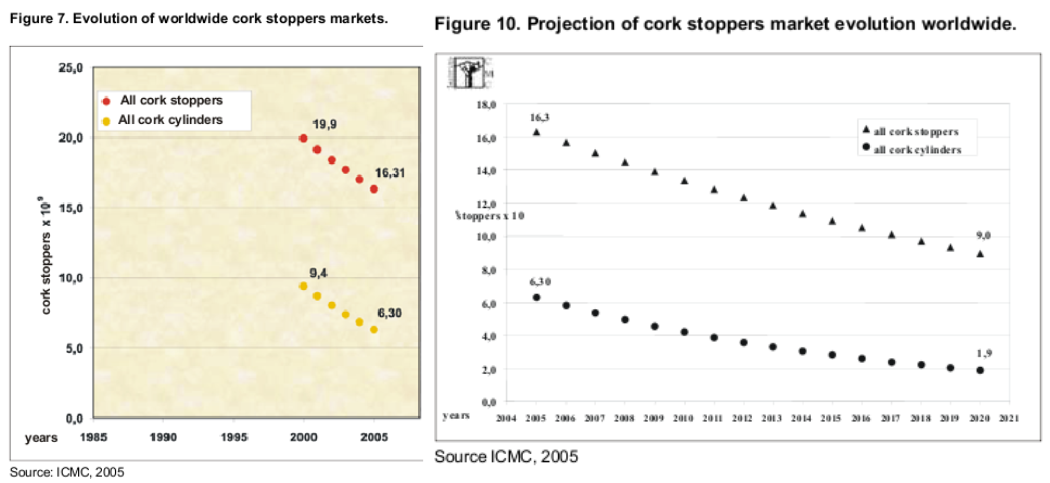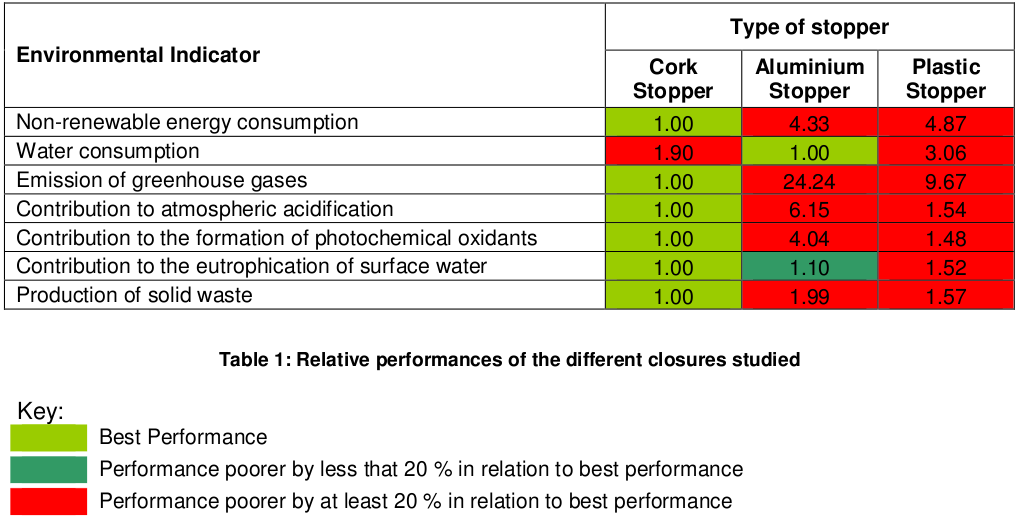 This is the first of 2 connected articles, and is a general introduction to the Portuguese cork industry and the connections with sustainability. The upcoming second post will look at how cork is innovatively used in fashion and accessories as a consequence of the Portuguese cork industry’s challenges.
This is the first of 2 connected articles, and is a general introduction to the Portuguese cork industry and the connections with sustainability. The upcoming second post will look at how cork is innovatively used in fashion and accessories as a consequence of the Portuguese cork industry’s challenges.
Talking about leather, the question surges rather sooner than later: Given the CO2 footprint of breeding cattle for food (assuming the hides are ‘only’ a by-product), and in the name of animal welfare, leather products cannot really be justified.
Enters ‘vegan leather’ the scene – and it turns out, that from an environmental perspective at least, it’s not necessarily a better choice at all. Because ‘vegan leather’ is most often created from one of the following materials, all of which are synthetic fibres, and with a high energy foot print (Source):
- Vegetan: This is a microfibre material that is specifically designed and used as an animal-friendly leather substitute.
- Lorica: This material is made out of several different microfibers. Sidi, an Italian motorcycle company uses it a lot.
- Birko-Flor: This is what eco-icon Birkenstock uses. It’s made out of acrylic and polyamide felt fibres. There are two kinds — the kind you find on normal Birks and a kind that looks like pleather.
- Birkibuc: Another Birkenstock baby. It’s made out of the same stuff, but looks and feels like nubuck leather.
- PVC: Finally, a term you should be familiar with! Good for animals. Not so good for environment.
- Kydex: This is an acrylic-PVC alloy.
- Pleather: The most popular form of pleather is made out of a polyurethane film, which is a lighter, more flexible and less restrictive material than leather.
What few people are aware of though is that, at least as far as accessories and shoes are concerned, there is a valid, ecological and natural alternative available. Notably made in Europe, and from a country that now is capable of transferring the technical skill and expertise they acquired during decades of producing leather products: Portuguese Cork.

Cork oak stands extend throughout the country although the intensity of production and quality of the cork vary in the different producing zones. The species, which covers approximately 8 percent of the total area of Portugal and constitutes 28 percent of its forests, grows best in the central and southern parts of the country where the largest stands supplying the greatest percentage of high-grade cork are to be found.
The best quality cork is obtained from the province of Algarve and some parts of Alentejo that produced in the north of the country usually being inferior. As regards quantity, the central and southern zones rank foremost. Portuguese law prohibits stripping the trees more than once every nine years in order to protect the species. (Source)

But convenience, and the cork’s association with tainted wine, kick started a decline in its industry (Source: WWF’s ‘Cork Scewed?’ report):

Cork Stoppers versus Aluminium and Plastic Closures’ by Amorim & Price Waterhouse Coopers(PWC)) (image on the right):
Challenges though always are also opportunities. And indeed, for the Portuguese fashion industry this means that they had to find new ways to create demand for their product as can be seen in the video underneath.
Upcoming: Cork fashion in Portugal: the fashion and accessories brands that bring style and sustainability together by using cork. Who they are, what they produce, and how they do it.
—
This is the first of 2 connected articles, and is a general introduction to the Portuguese cork industry and the connections with sustainability. The upcoming second post will look at how cork is innovatively used in fashion and accessories as a consequence of the Portuguese cork industry’s challenges.

